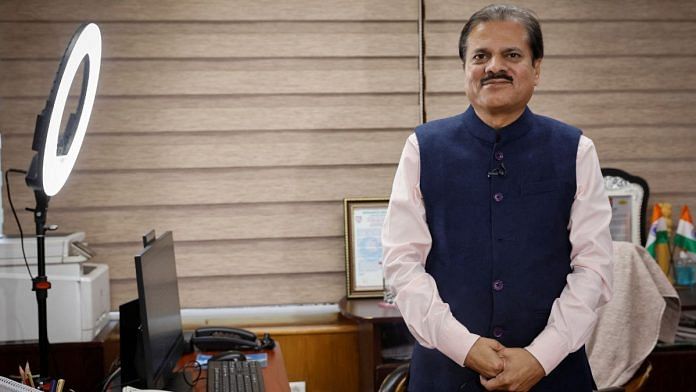New Delhi/Mumbai: India is investing in new supercomputers, high-resolution radar systems and automated weather observatories to improve cyclone forecasting efforts over the next five years, its top weather official said.
The most dramatic overhaul in nearly a quarter century comes after early warnings and timely evacuations this month helped the South Asian nation avert major casualties after cyclone Biparjoy hit its west coast near neighbouring Pakistan.
“In the next five years, our cyclone forecasting will get even better,” Mrutyunjay Mohapatra, director-general of the India Meteorological Department (IMD), told Reuters in an interview.
Specific improvements cover detection or identification of the formation of cyclones, and accuracy of critical elements such as landfall, wind speed, inundation and storm surge, he added, but stopped short of detailing funding plans.
The weather service aims to deploy 62 radars, up from 37, and triple the speed of its supercomputers to 30 petaflops from 10, to enable quicker processing of weather-related data, Mohapatra said.
A unit of computing power, the petaflop refers to a thousand trillion operations a second.
Better computing power would allow the state-run department to use “high-resolution” models of 5 km (3 miles), versus 12 km (7 miles) now, leading to more precise, localised forecasts, Mohapatra said.
The government also aims to more than double the number of automated weather observatories by installing 1,000 new units in the next five years, he added.
In addition, the number of automated rain gauges will be ramped up.
“Because of our early warning systems, casualties have come down to barely a few people from thousands in the 1990s, and further upgrades will only make forecasts even more precise and accurate,” Mohapatra added.
New Delhi overhauled its cyclone forecasting apparatus after a fierce tropical storm battered the east coast in 1999 to kill 10,000 people.
India’s coasts, dotted with oil refineries, energy terminals and steel plants among other industries, must contend with a spate of tropical storms every year.
“Our early cyclone warning forecasts have saved millions of lives, and now we aim to further refine the whole process,” Mohapatra said.
(Reporting by Mayank Bhardwaj and Sudipto Ganguly; Editing by Clarence Fernandez)
Disclaimer: This report is auto generated from the Reuters news service. ThePrint holds no responsibilty for its content.
Also Read: Biparjoy shows changing nature of Arabian Sea cyclones. Climate-proof India’s west coast



